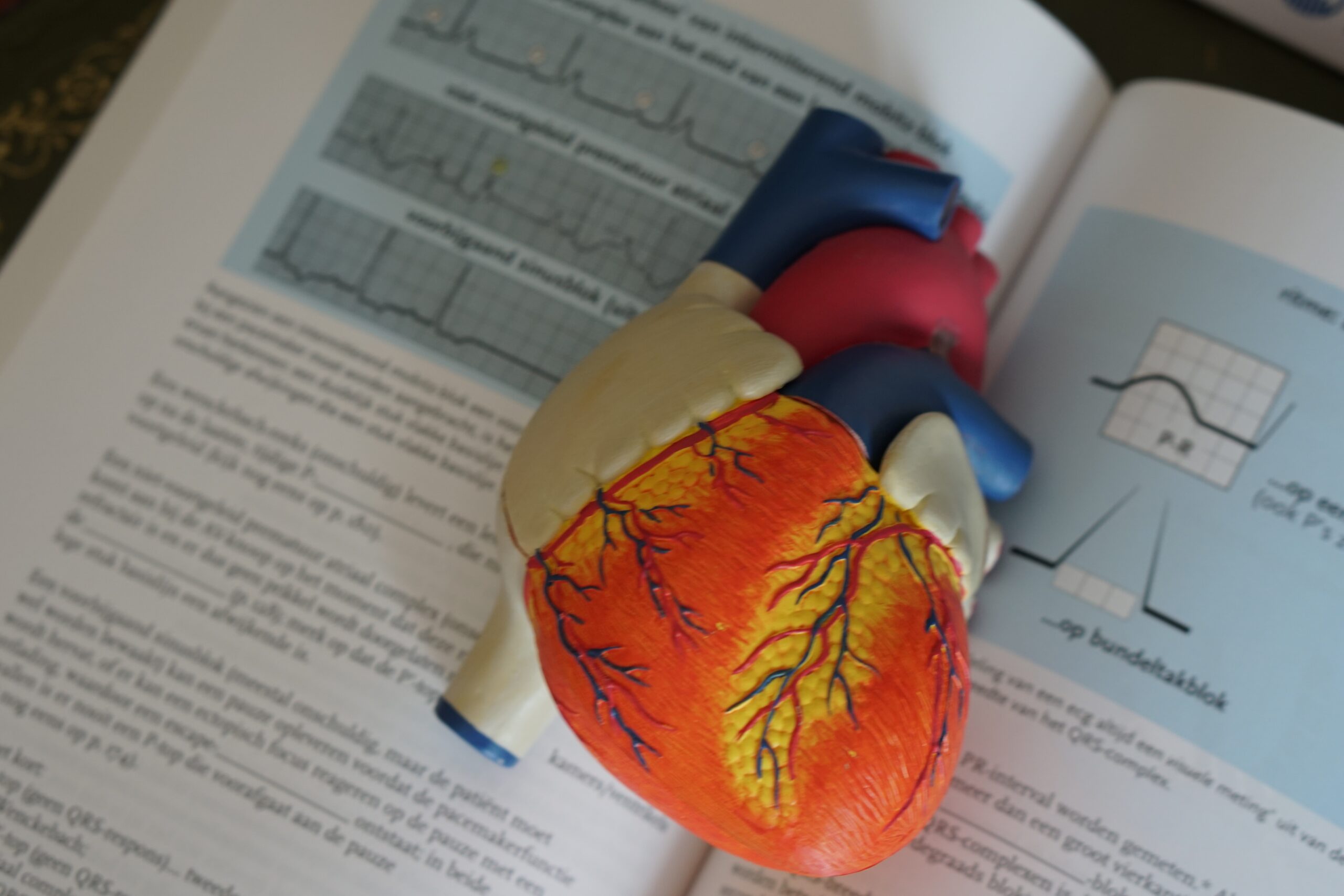When it comes to the prehospital treatment of chest pain, Nitroglycerin has been a staple in the arsenal of emergency medical professionals for decades. However, there are some misconceptions about how it works, particularly concerning its effects on coronary arteries.
In this article, we aim to debunk the idea that Nitroglycerin significantly dilates coronary arteries and shed light on its true mechanism of action, which plays a vital role in managing Acute Coronary Syndrome (ACS) patients.
Acute Coronary Syndrome encompasses a range of conditions, including unstable angina and myocardial infarction (heart attack). In ACS cases, arterial plaques can narrow coronary arteries, impairing blood flow to the heart muscle. Contrary to common belief, Nitroglycerin does not directly dilate these plaques.
The heart, encased in the pericardial sac, is a delicate organ susceptible to various pressures. The presence of blood in the ventricles and the constraining pericardial sac may exert pressure on the myocardium, potentially exacerbating chest pain and ischemia. Herein lies the true value of Nitroglycerin.
Nitroglycerin is a potent vasodilator that works by relaxing the smooth muscle cells within blood vessels. When administered in a prehospital setting, it exerts a global vasodilatory effect throughout the vascular system, affecting both arteries and veins.
By understanding Nitroglycerin’s true mechanism of action, we can appreciate its benefits in chest pain management:
- Decreased Preload: Nitroglycerin primarily acts on veins, causing them to dilate. This vasodilation reduces the amount of blood returning to the heart (venous return), effectively decreasing the preload on the heart. By doing so, Nitroglycerin reduces the volume of blood entering the ventricles during diastole. As a result, the heart’s workload is lessened, providing relief to the myocardium and reducing the risk of further ischemia.
- Decreased Afterload: In addition to its effect on veins, Nitroglycerin also causes arterial vasodilation, leading to a decrease in systemic vascular resistance. This reduction in afterload makes it easier for the heart to pump blood out to the rest of the body, alleviating stress on the myocardium.
By decreasing both preload and afterload, Nitroglycerin effectively reduces the pressure exerted on the myocardium by reducing the compression on the myocardium trapped between the pericardial sac and the blood in the ventricles. As a result, more blood flow can be directed through the restricted coronary artery, enhancing oxygenation to the affected area. Improved blood flow to the ischemic region can mitigate the extent of damage caused by the heart attack and potentially improve the patient’s outcome.
It is essential to remember that while Nitroglycerin is a valuable tool in prehospital chest pain management, its administration requires careful evaluation. Not all chest pain cases are suitable for Nitroglycerin, and it should be used according to your local protocols
Furthermore, assessing patients’ medical history and existing medications is vital, as Nitroglycerin can interact with other drugs and cause adverse effects if not used appropriately.
In conclusion, Nitroglycerin remains a cornerstone of prehospital chest pain management due to its global vasodilatory effect on the vascular system. By understanding that it does not directly dilate coronary artery plaques but instead reduces preload and afterload on the heart, healthcare professionals can use Nitroglycerin effectively to alleviate pressure on the myocardium and enhance blood flow to the affected area.
[DISCLAIMER: This article is for informational purposes only and is not intended to be a substitute for your local protocols. Always seek the advice of your Online Medical Director or his/her designate with any questions you may have regarding nitroglycerin administration.

